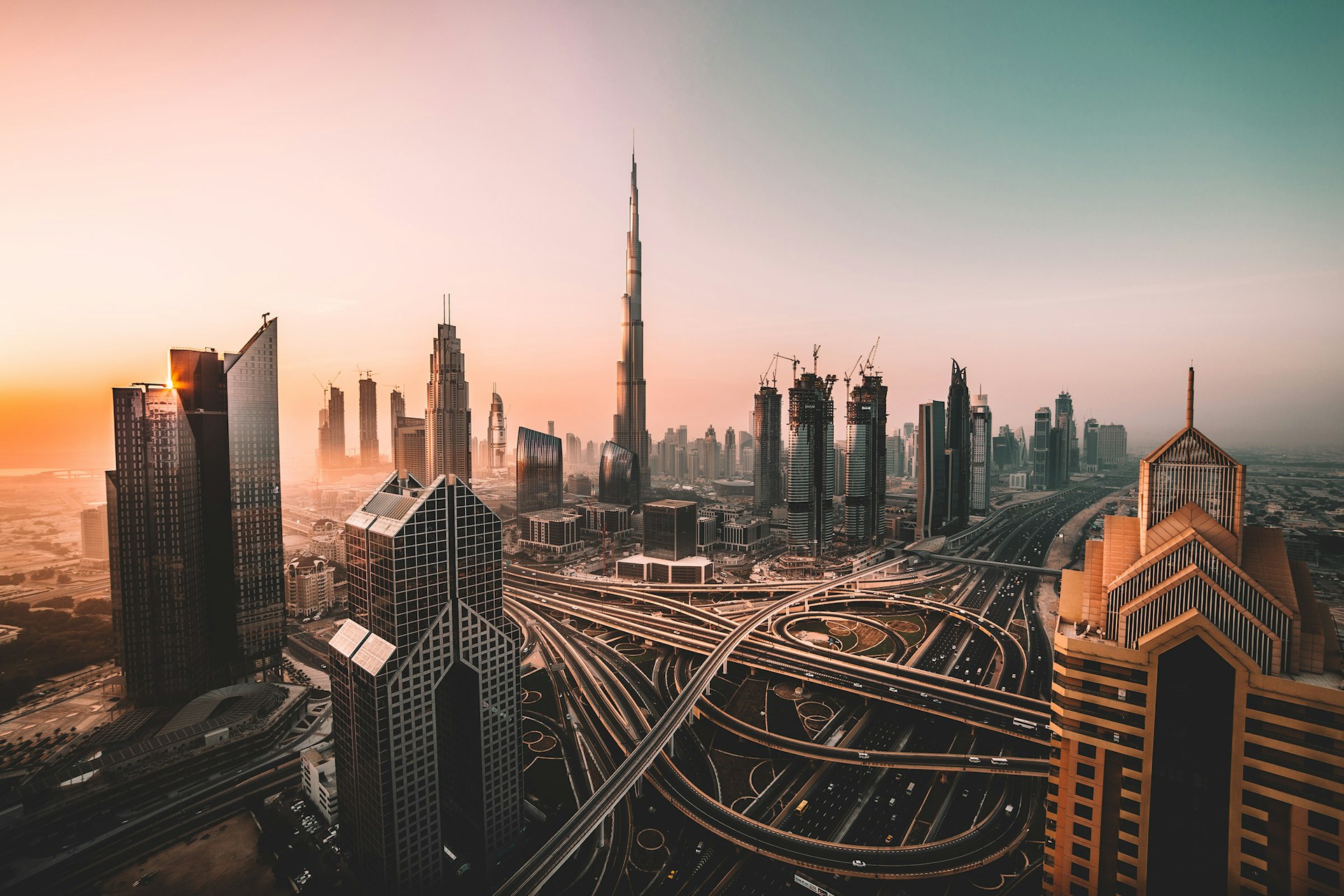Saudi Arabia’s decision to open its real estate market to foreign ownership marks a deeper macroeconomic shift than headlines suggest. Approved last month and taking effect in January, the law introduces for the first time a clear legal pathway for non-Saudis to purchase real estate in designated zones. While framed as a domestic reform to stimulate investment, the policy shift is better understood as part of a capital posture realignment that positions the kingdom as a direct competitor to Dubai for long-horizon wealth inflows—especially from Greater China.
The move is not cosmetic. It reflects a recalibration of sovereign economic strategy, one where housing and real estate become instruments of geopolitical capital capture, not merely domestic diversification.
The specifics of the law remain under release calibration, but officials have confirmed that it will allow non-GCC foreigners—including investors from Hong Kong and mainland China—to buy residential and commercial property in areas earmarked by the government. This departs from Saudi Arabia’s previous foreign ownership framework, which limited non-Saudis to leaseholds or highly restricted special zones like NEOM.
What the new framework introduces is not just liberalization, but tiered zoning. This is capital choreography: access is conditional, location-specific, and structurally optimized to concentrate high-value foreign inflows in flagship development corridors—likely including Riyadh, the Red Sea project, and future special economic zones under Vision 2030.
This zoning logic mirrors Dubai’s successful delineation of “freehold” districts that drew sustained demand from investors in Russia, India, China, and the UK. Saudi Arabia is not copying the UAE model—it is systematizing its own, with the advantage of a later-mover’s fiscal war chest and clearer geopolitical agenda.
The move reflects more than domestic policy maturation. It is a deliberate capital signal to regional and international sovereigns, banks, and ultra-high-net-worth allocators that Saudi Arabia intends to be a central node in global capital rotation—one that absorbs, not just exports, petro-surplus.
By permitting foreign ownership, the kingdom softens an enduring perception that Saudi policy risk—legal opacity, sudden reversals, repatriation friction—outweighs yield upside. It is also a message to the East: capital from Hong Kong and mainland China is not only welcome, but structurally protected.
Hong Kong investors in particular—long used to asset-heavy portfolio structures with exposure to Singapore and the UK—may see this as a new frontier. The city’s property funds and ultra-wealthy family offices, facing reduced leverage in domestic markets and tightening outbound pathways into traditional Western zones, will scrutinize Riyadh and Jeddah for early-cycle entry points.
Dubai’s real estate success has hinged on liquidity and resale depth—not just regulatory openness. From 2002 onwards, its phased property liberalization led to a real estate boom, then bust, then consolidation into a globally credible property hub supported by institutional-grade developers, land banking mechanisms, and multi-cycle investor protections.
Saudi Arabia cannot yet claim this level of maturity. There is no mortgage ecosystem with global visibility, nor a dominant private developer class with track records across downturns. But unlike Dubai circa 2002, Saudi Arabia enters with capital surplus, demographic scale, and a longer political runway.
The comparison matters less in copy mechanics and more in pacing. Dubai opened incrementally, reacting to demand. Saudi Arabia is pre-building demand channels and policy scaffolding in advance, using Vision 2030 as an institutional forcing function. This could compress the credibility curve—but only if capital inflows are followed by liquidity pathways and credible exit norms.
The law’s success will depend on more than access—it hinges on infrastructure signaling and liquidity scaffolding. Key questions for sovereign wealth funds, family offices, and regional lenders include:
- Will property registries and dispute resolution mechanisms reach global institutional standards?
- Can Saudi developers offer escrow-protected pre-sales with enforceable contracts across jurisdictions?
- How will currency exposure and capital repatriation be addressed within SAMA’s regulatory structure?
Equally important is the signaling channel to institutional allocators: will there be REIT structures, tax clarity, and commercial visibility into developer balance sheets? Without this, family offices may enter—but sovereign allocators will remain in wait-and-watch mode.
Meanwhile, Chinese property investors—particularly from secondary cities—will compare Saudi zones not just to Dubai, but to Thailand and Malaysia. The differentiator will be not pricing, but perceived political alignment and asset exit liquidity.
Saudi Arabia’s foreign property law may appear transactional—but it functions as a strategic signal. It suggests a kingdom repositioning itself not just as a recipient of tourist dollars or industrial investment, but as a repository for mobile capital in a time of geopolitical dislocation.
It also signals a soft but clear divergence from past capital orthodoxy: openness is no longer a risk—it’s the moat. The zones may be restricted, but the message to allocators is not.
This is not Dubai 2.0. It is Riyadh 1.0—designed, zoned, and capital-directed from the top down. Investors would do well to interpret it less as a real estate play, and more as a proxy for institutional intent.















